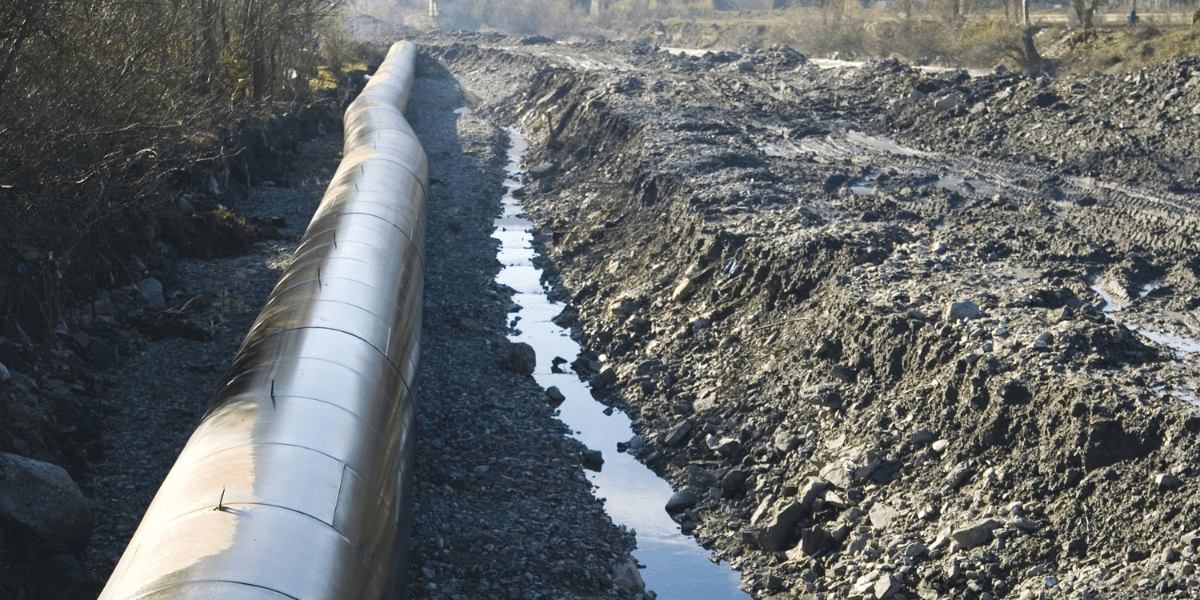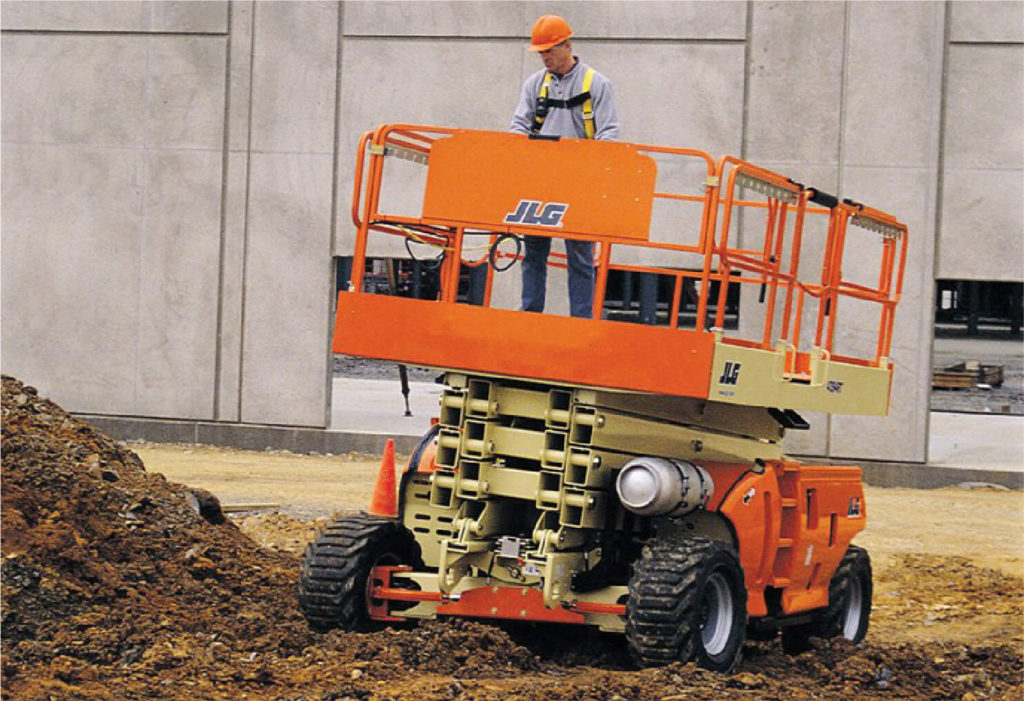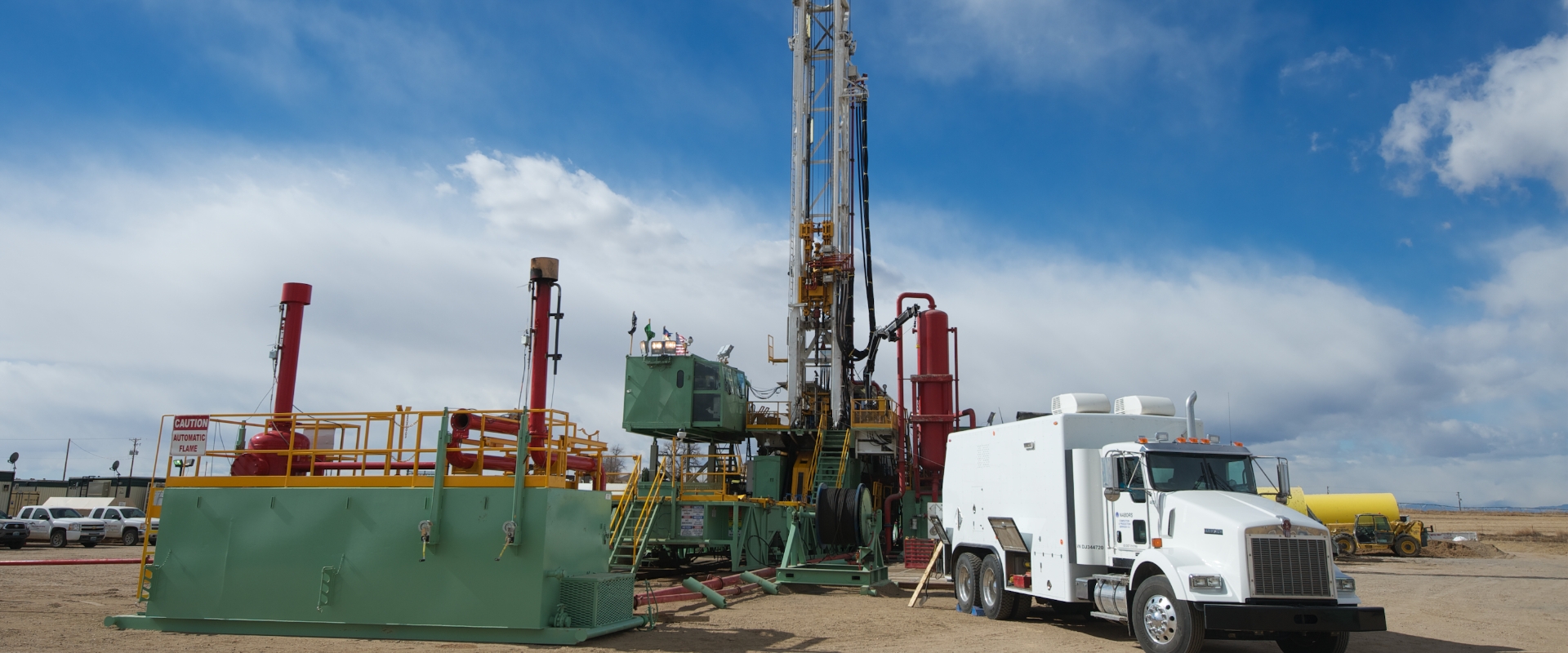Superior Oilfield pipeline equipment rentals: examples from the field
Wiki Article
A Comprehensive Guide to the Numerous Kinds Of Oil Field Equipment and Pipeline Equipment Available
The oil and gas industry counts greatly on specific tools for effective removal and transport. Different kinds of equipment, from drilling rigs to storage tanks, play crucial functions in this complicated procedure. Each item of tools offers unique functions that contribute to overall operational success. Comprehending these components is important for any person associated with the sector. As the industry develops, so too do the innovations that support it. What improvements are on the horizon?
Drilling Rigs: The Backbone of Oil Expedition
Drilling rigs serve as the essential equipment in the domain name of oil expedition, making it possible for business to access hydrocarbon books buried deep underneath the Earth's surface. These rigs are available in various types, consisting of land rigs, offshore rigs, and mobile systems, each made to run in certain atmospheres. Equipped with advanced innovation, drilling rigs can penetrate geological developments with precision, making certain efficient source removal. The structural integrity and functional capabilities of these rigs are vital, as they must endure severe problems and significant pressures. The choice of a drilling rig affects the general job expense and timeline, making it a crucial factor to consider for oil companies seeking to optimize their exploration efforts and make the most of efficiency in their operations.Pumps: Vital for Fluid Motion
In the oil extraction procedure, the function of pumps is significant, assisting in the activity of liquids throughout different phases of manufacturing. Pumps are essential for carrying unrefined oil, water, and other liquids from below ground tanks to the surface and afterwards through pipes to refineries. They are available in numerous types, consisting of centrifugal, favorable variation, and completely submersible pumps, each offering certain functions based upon the fluid qualities and operational needs. Centrifugal pumps are generally utilized for their efficiency in high-flow applications, while favorable displacement pumps master handling thick fluids. The choice of pump influences total effectiveness, functional security, and maintenance costs. Proper selection and upkeep of pumps are essential for enhancing production and reducing downtime in oil area operations.Shutoffs: Managing Circulation and Pressure

Valves play an essential duty in managing the flow and pressure of fluids within oil areas and pipes. Various kinds of valves serve unique applications, each designed to satisfy specific functions basic for reliable operation - Superior Rentals reviews. Comprehending the features and uses of these valves is important for optimizing system efficiency and safety
Kinds of Valves
Necessary parts in oil area procedures, shutoffs play a vital function in regulating the circulation and stress of liquids within pipes and tools. Various kinds of shutoffs are made use of to fulfill the varied requirements of oil and gas production. Common kinds consist of entrance valves, which give a straight-line flow and minimal stress decline; globe valves, known for their throttling abilities; and ball valves, identified for their fast on/off control. Furthermore, check valves prevent heartburn, while butterfly shutoffs supply a light-weight service for managing flow. Each shutoff type is developed with details materials and configurations to withstand the harsh problems usually found in oil fields, making sure dependability and efficiency in operations. Comprehending these kinds is essential for efficient system management.Valve Applications and Features
While different kinds of valves serve distinctive functions, their key applications rotate around controlling circulation and pressure within oil and gas systems. Shutoffs such as entrance, world, and sphere shutoffs control liquid motion, ensuring peak performance and safety. Gateway valves are frequently utilized for on/off control, providing marginal circulation resistance. World valves, on the various other hand, offer specific flow law, making them appropriate for throttling applications. Sphere shutoffs are favored for their fast procedure and limited sealing capacities. In enhancement, stress alleviation shutoffs are critical for stopping system overpressure, protecting equipment integrity. Overall, the suitable selection and application of valves enhance functional efficiency, making certain the trusted transportation of oil and gas with pipes and handling centers.Compressors: Enhancing Gas Transport
Compressors play an important duty in the effective transport of gas, guaranteeing that it relocates smoothly with pipelines over cross countries. These tools boost the stress of gas, permitting it to get over friction and elevation modifications within the pipeline system. In addition, compressors promote the balancing of supply and need, fitting changes in intake and manufacturing prices. Various types of compressors are utilized in the sector, including centrifugal, reciprocating, and rotary screw compressors, each offering unique advantages based on the operational demands. Normal upkeep of these compressors is important to optimize performance and lessen downtime, inevitably adding to a trustworthy gas transport network. Their essential feature underscores the relevance of compressors in the overall oil and gas infrastructure.Storage Tanks: Safe and Reliable Liquid Management
Effective transportation of gas look at this website depends on various support group, one of which is the appropriate administration of tank. These containers play a crucial duty in safely including fluids, making sure that functional effectiveness is preserved while lessening ecological dangers. Created from resilient materials, they are made to endure high pressures and corrosive components. Properly sized and tactically located, storage containers facilitate the smooth flow of all-natural gas and other fluids, avoiding traffic jams in supply chains. Regular maintenance and monitoring are vital to detect leakages or architectural issues, promoting safety and security and compliance with regulatory requirements. Ultimately, the reliable administration of storage space tanks is critical for the overall integrity and dependability of the oil and gas industry's liquid handling systems.
Pipeline Equipments: Facilities for Transportation
Pipeline systems function as the backbone of the oil and gas sector, helping with the reliable transportation of hydrocarbons over vast ranges. These systems are composed of different parts, including pipelines, valves, pumps, and compressors, all thoroughly developed to guarantee smooth flow. The products used in pipeline building and construction, typically steel or high-density polyethylene, are picked for sturdiness and resistance to deterioration. Pipeline networks can extend across land and water, attaching manufacturing sites to refineries and distribution. Furthermore, progressed modern technology enables real-time tracking of circulation prices and stress levels, improving operational efficiency. The tactical placement of these pipes decreases ecological influence while maximizing source access, thereby playing a necessary duty in conference power needs globally.Security Equipment: Making Sure Employee and Environmental Defense
The operation of pipeline systems, while essential for energy transportation, earth moving equipment also presents considerable security challenges for workers and the atmosphere. Security equipment plays a significant function in alleviating these risks. Individual safety devices (PPE) such as helmets, gloves, and non-slip footwear safeguards employees from physical threats. In addition, gas discovery systems check for leaks, ensuring that unsafe compounds do not position a hazard to workers or the surrounding ecological community. Emergency situation shutdown systems are imperative for swiftly halting procedures during a situation, preventing potential disasters. Spill control materials, including absorbents and barriers, are basic for lessening ecological impact. In general, investing in all-encompassing safety tools is crucial for maintaining operational stability and securing both employees and the environment in the oil and gas market.
Frequently Asked Questions
Just how Do I Choose the Right Oil Field Equipment for My Task?
Choosing the appropriate oil area devices involves reviewing project specifications, budget restrictions, and operational requirements. Take into consideration variables such as tools reliability, compatibility with existing systems, and the provider's online reputation to assure peak efficiency and security.What Are the Maintenance Demands for Oil Field Equipment?
Upkeep requirements for oil area equipment include normal inspections, lubrication, and timely repair work. Operators ought to also adhere to producer standards, screen performance metrics, and guarantee compliance with safety policies to boost longevity and efficiency.
Exactly How Can I Make Certain Conformity With Environmental Laws?
To guarantee compliance with environmental policies, companies need to conduct routine audits, execute ideal practices, purchase training, keep proper documents, and remain upgraded on regulation (Superior Rentals near me). Collaboration with ecological agencies can additionally boost adherence to lawsWhat Is the Typical Life-span of Pipeline Equipment?
The typical lifespan of pipeline tools generally varies from 20 to visit this site 50 years, depending upon aspects such as worldly top quality, ecological conditions, and maintenance practices. Normal examinations can greatly influence durability and operational efficiency.How Do I Safely Carry Oil Field Equipment to Remote Locations?
Delivering oil area devices to remote places needs cautious preparation, consisting of course evaluation, securing authorizations, utilizing appropriate automobiles, and guaranteeing safety procedures are followed. Correct training and communication amongst crews are crucial for effective transportation.Report this wiki page